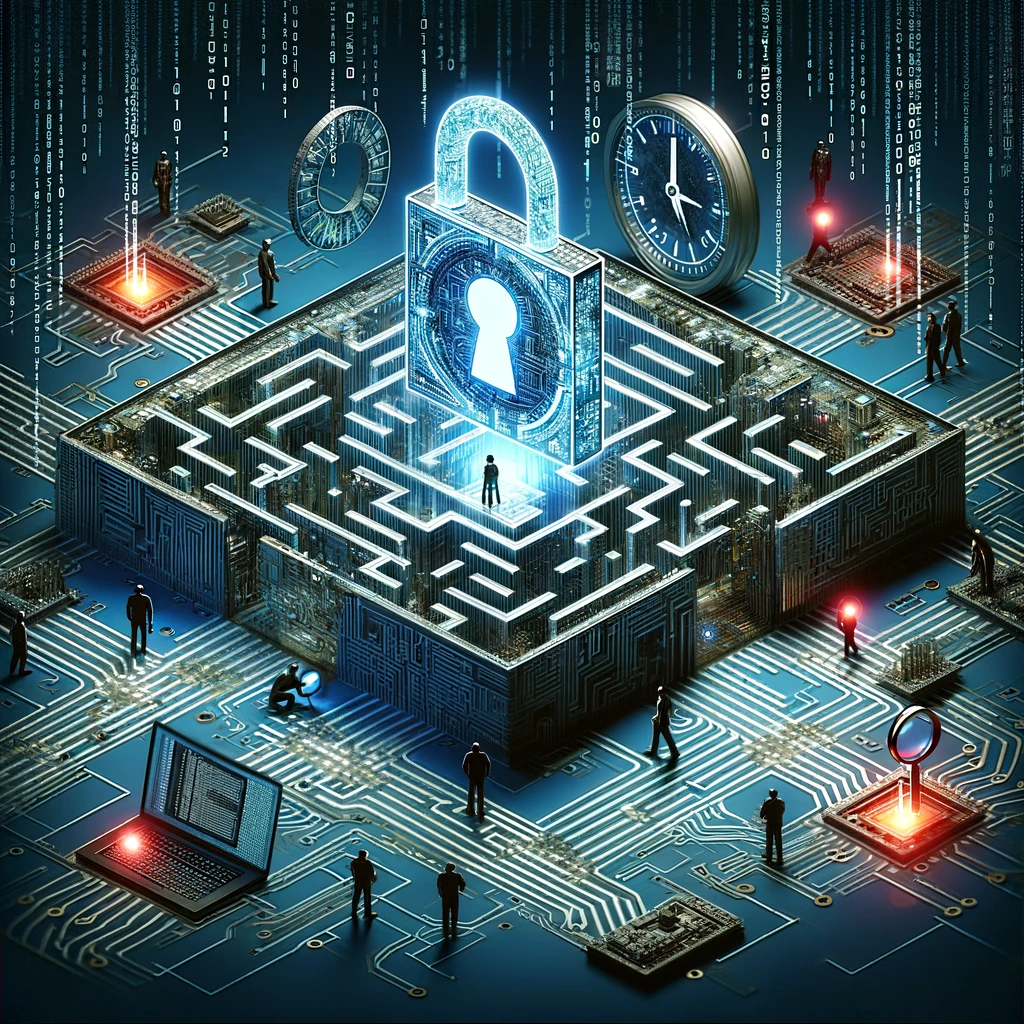
Detecting cyber threats is a challenging task that requires a blend of technology, expertise, and continuous vigilance. The complexity of this task is due to several factors that evolve along with the rapidly changing digital landscape. Here’s a detailed breakdown of why detecting cyber threats is particularly difficult:
1. Sophistication of Attacks
Cyber threats have become increasingly sophisticated, with attackers using advanced techniques to bypass traditional security measures. These include polymorphic and metamorphic malware, which can change their code to avoid detection, and advanced persistent threats (APTs) that remain hidden within networks for extended periods.
2. Volume and Velocity
The sheer volume of data and the speed at which it moves across networks make it difficult to monitor and analyze everything in real time. Cyber attackers exploit this by launching massive-scale attacks or by subtly embedding malicious activities within normal traffic, making detection harder.
3. Evolving Attack Vectors
As technology evolves, so do the avenues for attacks. New platforms, software, and IoT devices expand the attack surface, providing more opportunities for exploitation. Security teams must constantly update their knowledge and tools to protect against threats targeting these emerging technologies.
4. Encryption and Anonymity
The use of encryption and anonymous networks by attackers complicates threat detection. While these technologies offer privacy and security benefits, they also allow malicious actors to hide their activities and communications, making it challenging for security systems to identify and track threats.
5. Insider Threats
Insider threats, whether malicious or unintentional, pose a significant challenge. Detecting threats from within an organization requires different strategies compared to external attacks, often involving behavioral analysis and monitoring for unusual activity, which can raise privacy concerns and require careful handling.
6. Resource Constraints
Many organizations face constraints in terms of budget, personnel, and technology, limiting their ability to implement comprehensive security measures. Keeping up with the latest cyber threats requires significant investment in advanced detection tools and skilled cybersecurity professionals.
7. False Positives and Negatives
Effective threat detection must balance sensitivity and specificity to minimize false positives (benign activities flagged as threats) and false negatives (missed threats). Achieving this balance is challenging, as overly aggressive detection can overwhelm security teams with false alarms, while too lax detection may allow threats to slip through.
8. Lack of Visibility and Integration
Organizations often use a variety of security tools and systems, which may not be fully integrated or offer comprehensive visibility across all environments. This fragmentation can create blind spots and hinder the ability to detect and respond to threats in a cohesive manner.
Conclusion
Cyber threat detection is an ongoing battle that requires constant adaptation and improvement. Organizations must invest in advanced detection technologies, skilled professionals, and continuous training to stay ahead of attackers. Collaboration and information sharing between entities can also enhance the collective ability to identify and mitigate emerging threats.
Discover more from Threat Detection
Subscribe to get the latest posts sent to your email.
